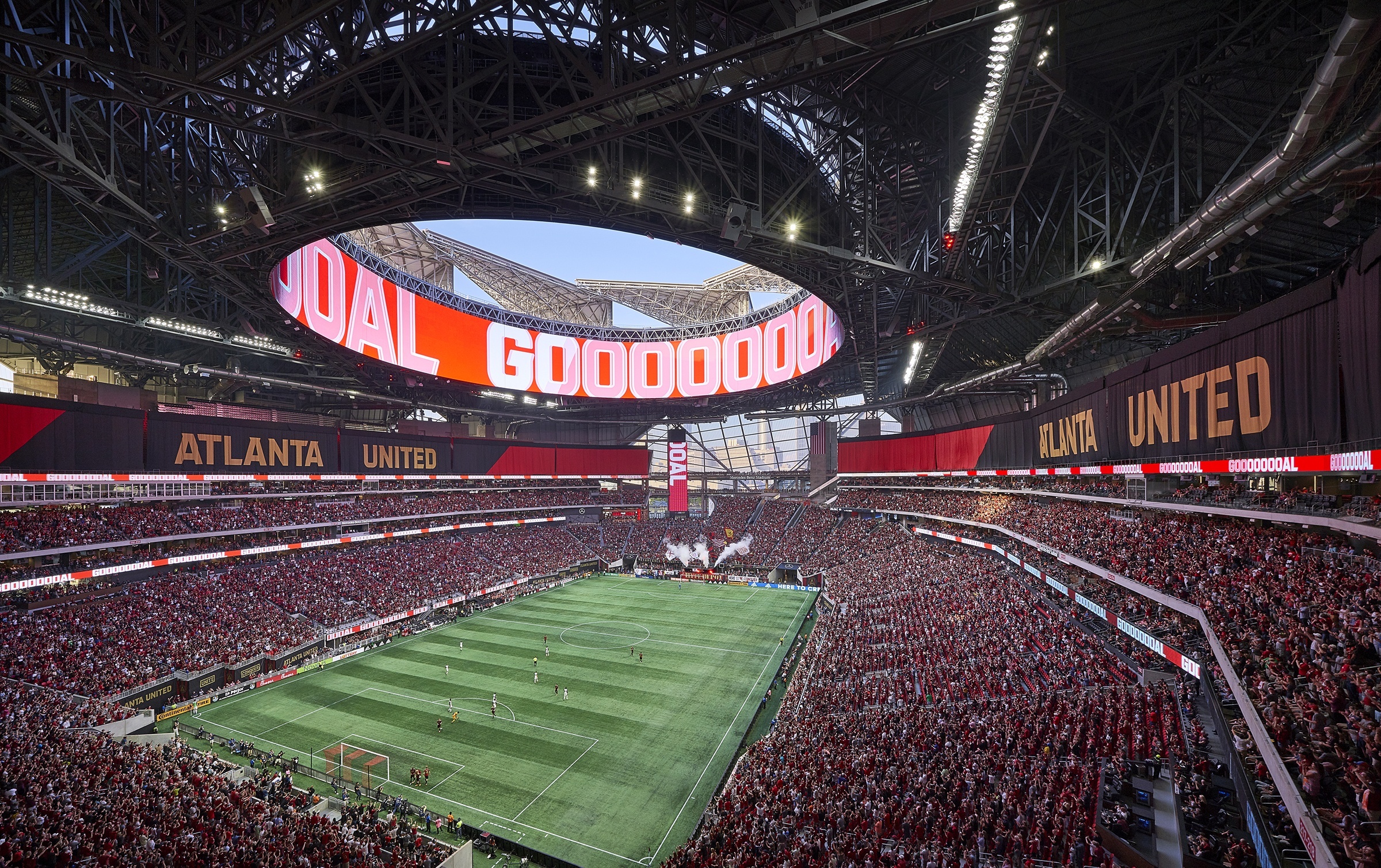In sports and entertainment venue design, every centimetre counts. The seating bowl is where form meets function and a delicate balance must be struck between comfort and capacity. Thoughtful design choices like adding a bit more legroom or seat width can greatly enhance the fan experience. While this may slightly reduce the total number of seats, the improved comfort and amenities enabled by Scrum’s fine-tuning often lead to higher ticket prices and overall revenue.
HOK’s Sports + Entertainment group has decades of experience walking this tightrope while designing hundreds of arenas and stadiums. Over the past several years, we’ve developed a secret weapon: Scrum. This tool, with a name inspired by the collaborative spirit of rugby scrums, helps us refine the seating bowl in real time to provide the best possible spectator experience.
Rapid Prototyping and Iteration
Built using Grasshopper, a visual plugin for the Rhino 3D modeling software we use to plan most venues, Scrum enables HOK’s designers to rapidly prototype and refine different seating bowl configurations in 3D. The technology’s superpower is the unique data it’s able to produce. By modifying inputs, we can get immediate feedback on crucial metrics like seat width, sightlines, proximity to the action, seat rake, row elevation, access to concessions and restrooms, and acoustics. As we experiment with these variables, we can watch the seating bowl change in real-time.
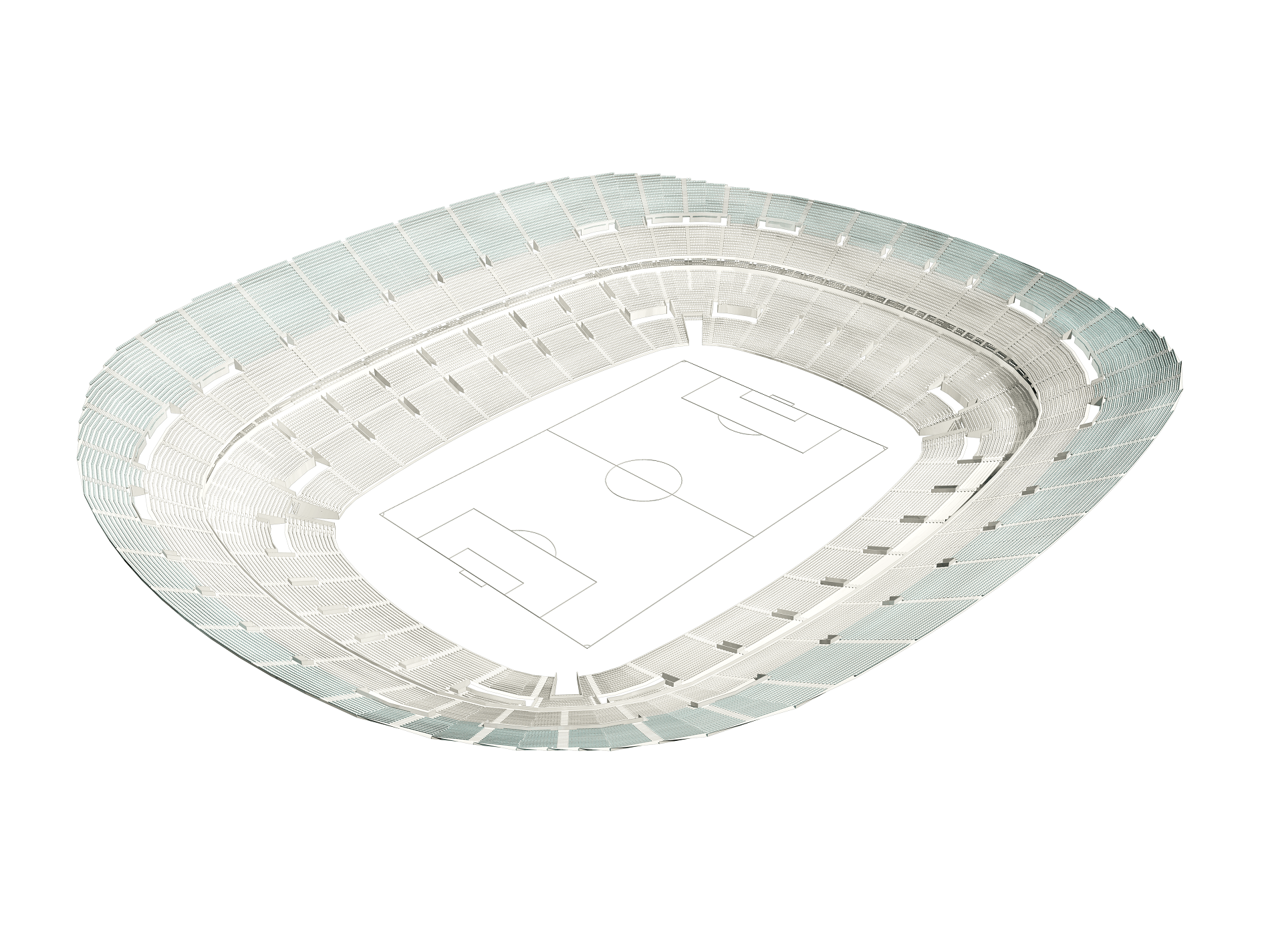
Immersive Design Experiences

In addition to Scrum, HOK uses a combination of virtual and augmented reality tools alongside 2D section drawings to immerse designers and clients in a 3D environment. This technology lets our designers give clients a virtual seat in their new venue, demonstrating sightlines, proximity to the field or stage, and location within the context of the larger arena, stadium or ballpark. This immersive experience allows clients to better understand and evaluate the design.
Speeding Up the Design Process
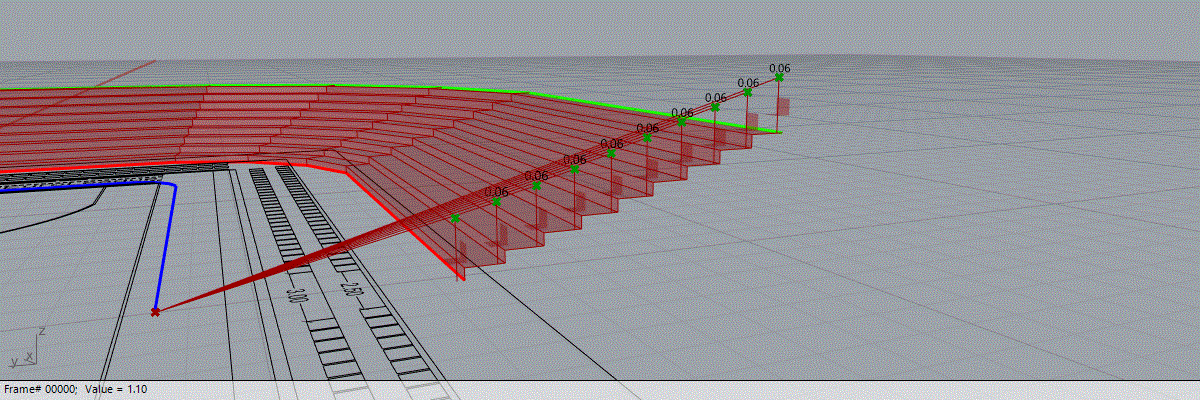
Scrum makes the design process much faster. Minor adjustments to an existing model take mere seconds or minutes. When creating a new seating bowl model from scratch using Scrum, we can prepare an initial version in a single day. Our experience shows that we can work two to three times faster using Scrum, depending on the complexity of the design. This allows us to quickly present our clients with different bowl configurations and seating numbers.
Creating the Ideal Fan Experience
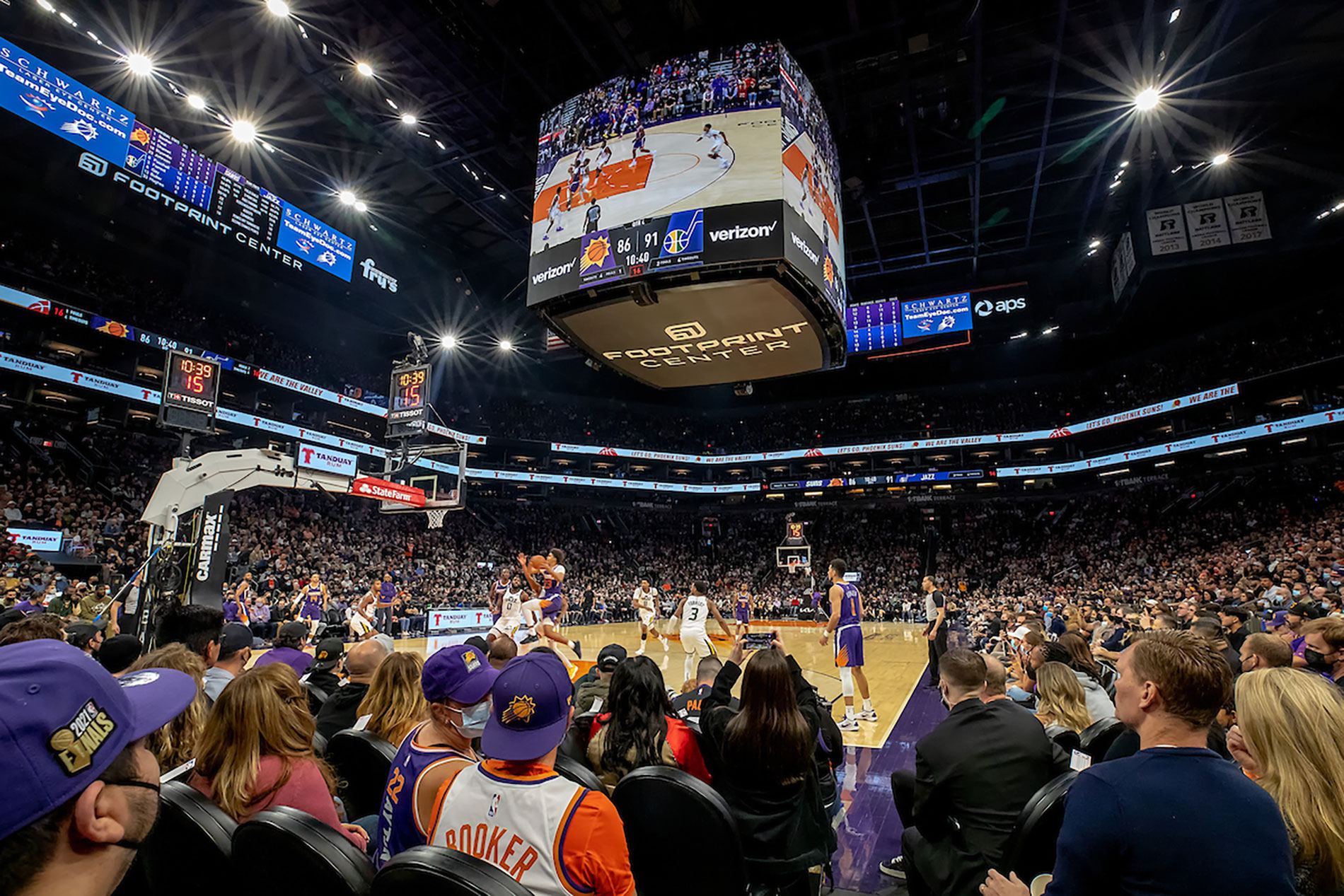
Scrum’s strength lies in its ability to combine various metrics in new ways to provide the best possible fan experience for every kind of event, from basketball games to rock concerts. It includes all the typical parameters, including seat width, sideline quality, proximity to action, accessibility to concessions and toilets, and more.
Scrum’s real value, however, comes from how we combine these metrics. The ideal fan experience changes with different event types. Consider how the same seat provides an entirely different experience at a basketball game compared to a concert.
This impacts pricing and revenue optimisation. We use Scrum to quantify the expected demand for a given seating product and compare this with the number of events of each type a venue will hold annually. Our client can use this data to determine pricing and project revenue and calculate payback periods based on the seat and event mix.
But it’s not as simple as plugging in numbers and letting Scrum generate a solution. We use our deep understanding of the nuances of different sports, venue types, geographical regions and evolving fan preferences to interpret Scrum’s outputs and make informed decisions tailored to each project’s goals.
How Scrum Can Improve Venue Business Models
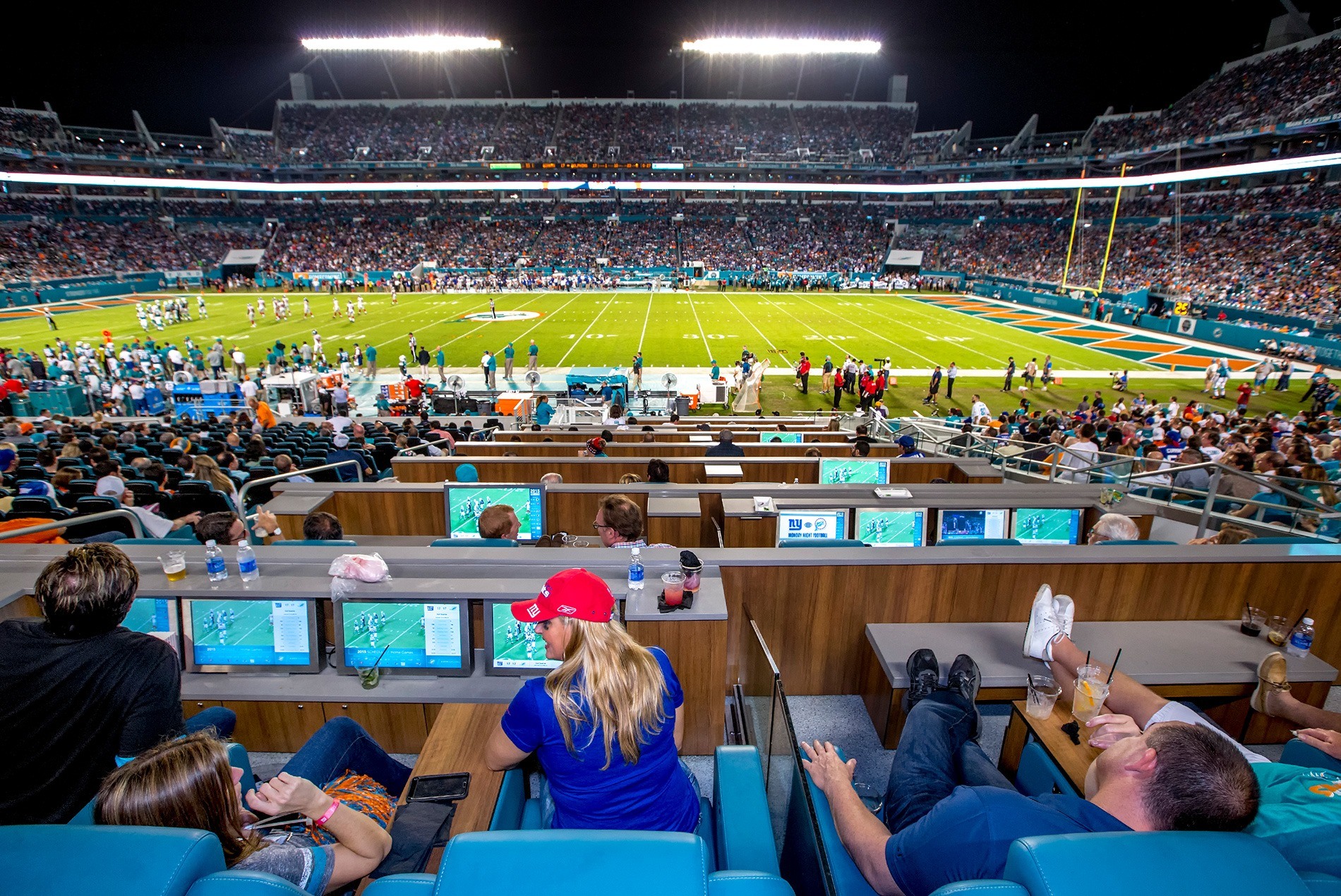
Scrum has dramatically improved our collaboration with clients. It renders the client’s venue in 3D, enabling them to quickly see their options and allowing us to efficiently adapt the design to their needs.
Shifting fan preferences and behaviours are influencing the evolution of venue business models. In general, seats and fans are getting larger, so seat widths and row depths are increasing. At the same time, the mix of premium offerings is expanding, especially in arenas compared to stadiums. Traditional club and suite seating is on the decline, while non-traditional social spaces are gaining popularity.
Adaptability is essential in this era when society is changing so quickly. Trends like the rise of TikTok, for instance, can affect business models in terms of advertising strategies, fan engagement, event programming and in-venue experiences. Scrum allows us to work closely with clients to evolve their business model in response to these changing trends and consumer behaviours.
Maximising Revenue Potential

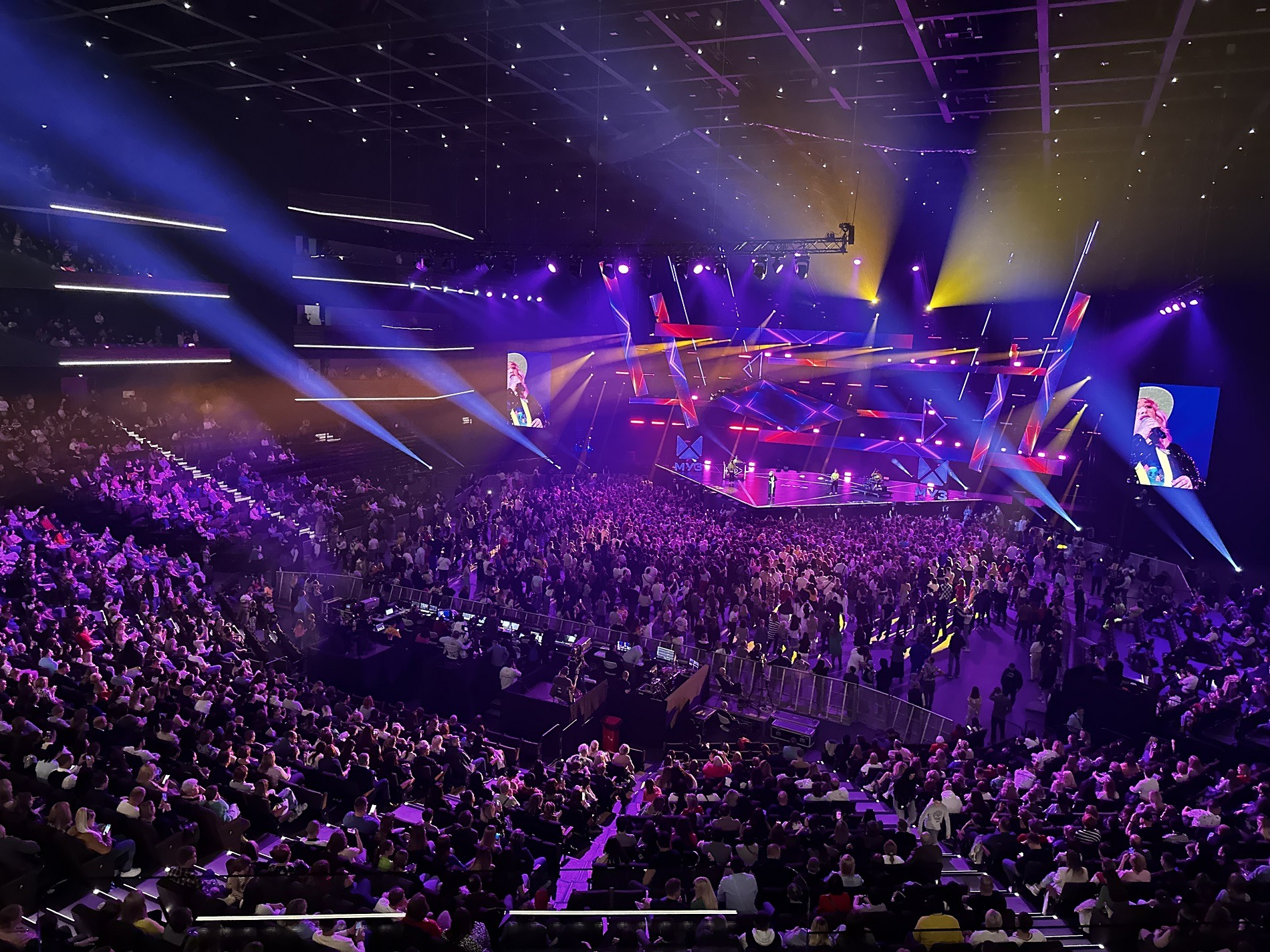
We also use Scrum to provide clients with quick, precise projections of how specific design decisions will financially affect a venue. By analysing variables like the mix of premium seats (types, quantities and locations) and the anticipated event mix, we can maximise revenue potential and payback periods.
Our extensive experience designing these venues plays an essential role in this process. We suggest a mix of premium seat types, quantities and locations based on our expertise, understanding of the venue’s requirements and the client’s revenue generation goals. Scrum then lets us quickly model changes, swapping different seat types and sections, and immediately see the updated seat counts and estimated revenues.
“Scrum has been instrumental in facilitating collaboration,” said Peter Broeder, design principal in HOK’s Kansas City studio. “As we work on a venue’s seating manifest and identify revenue generation opportunities in the bowl, we can immediately show our clients how a minor change may impact adjacent seating products and the venue’s bottom line. This streamlines the decision-making process, saving the client’s time and money.”
Scrum also can perform revenue modelling at the individual seat level. However, we usually aggregate to sections and tiers. A lower-tier sideline section closer to the stage, for example, would have a higher price than a section farther away. This allows us to create a more practical pricing structure while optimising revenue potential.
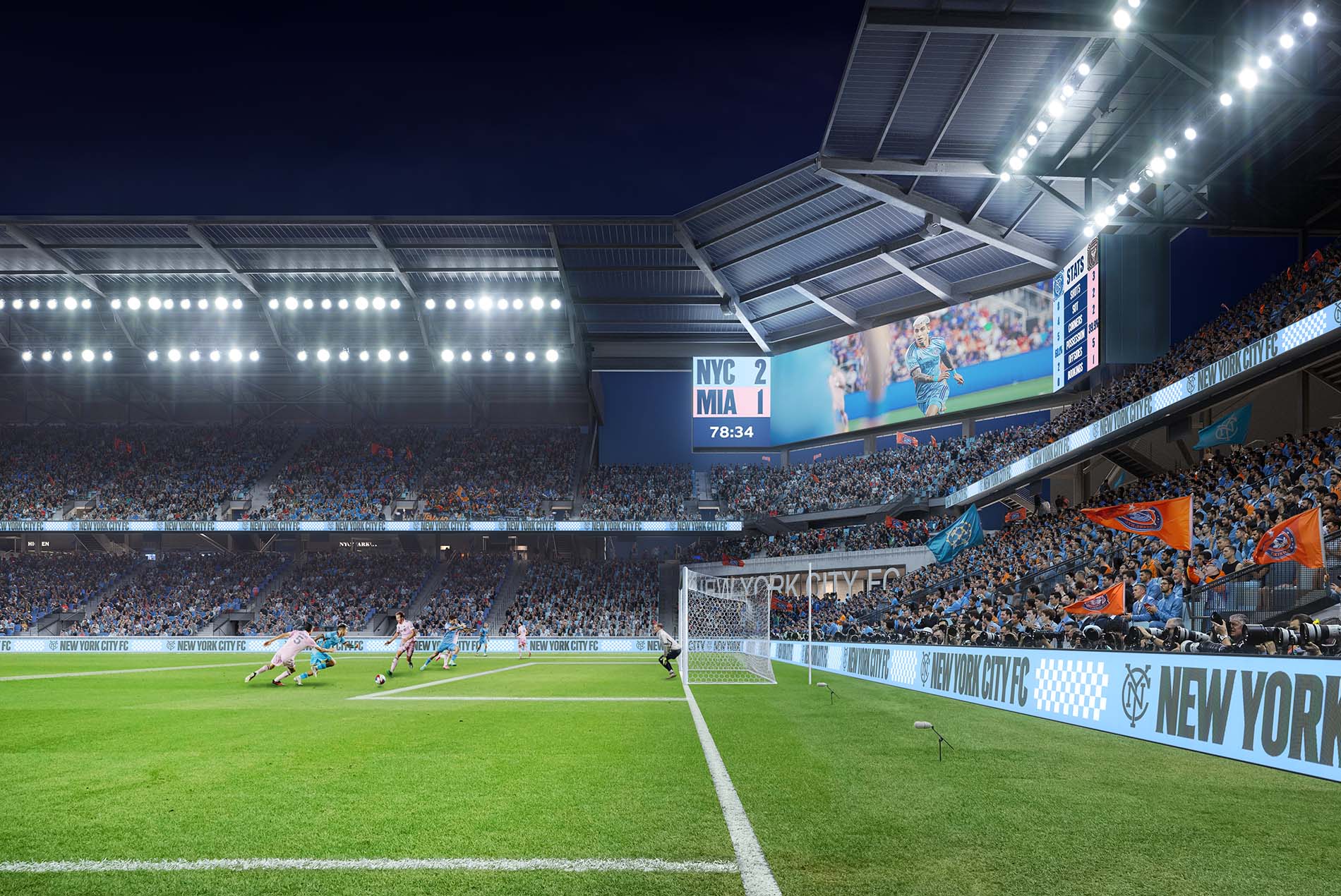
Scrum can also account for factors beyond proximity to the action when determining a seat’s value and revenue potential. Access to exclusive amenities, such as private clubs or lounge areas with high-end food and beverage options and unique experiences like meet-and-greets, can significantly impact pricing.
In addition to quantitative factors, we consider less measurable “soft” elements. Matching the formality of the seats to the anticipated attire of guests—jeans vs. a suit, for example—can help create a more cohesive, customised experience for the venue’s target audience.
The tool even identifies opportunities for VIP or off-manifest seating that can provide additional revenue streams for high-demand events.
Our teams use Scrum to model seating bowls and propose design changes on both new construction and renovation projects. The software also improves our ability to collaborate across HOK’s global offices and disciplines, including architecture and structural engineering.
“Scrum has been incredibly valuable for collaborating across disciplines,” said Francesca Meola, an HOK senior project engineer who has helped refine the tool. “It allows our architects and structural engineers to work together more seamlessly, testing different configurations and seeing the impacts on a structure and construction in real-time. This leads to more efficient, cost-effective venue designs.”
Scrum in Action
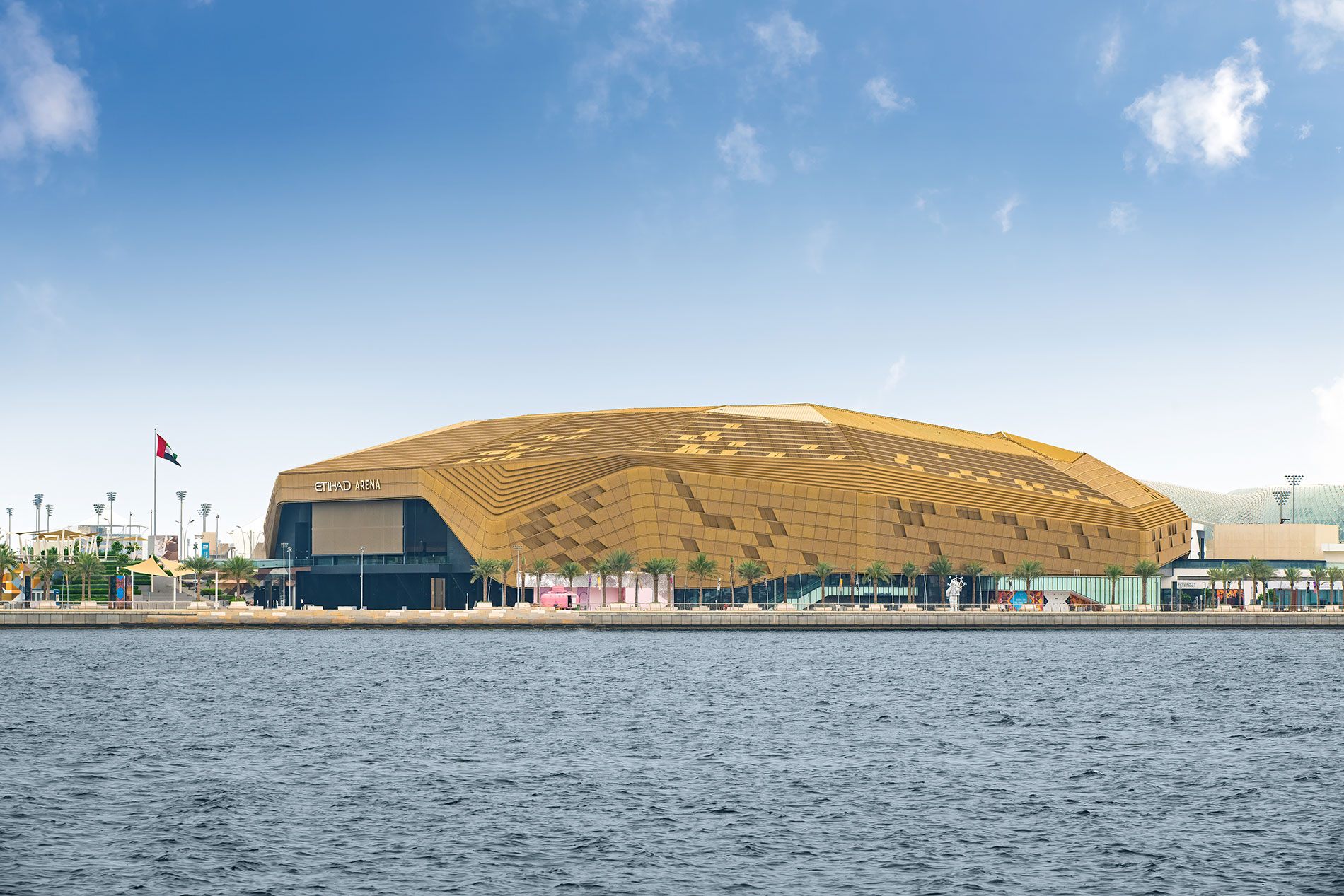
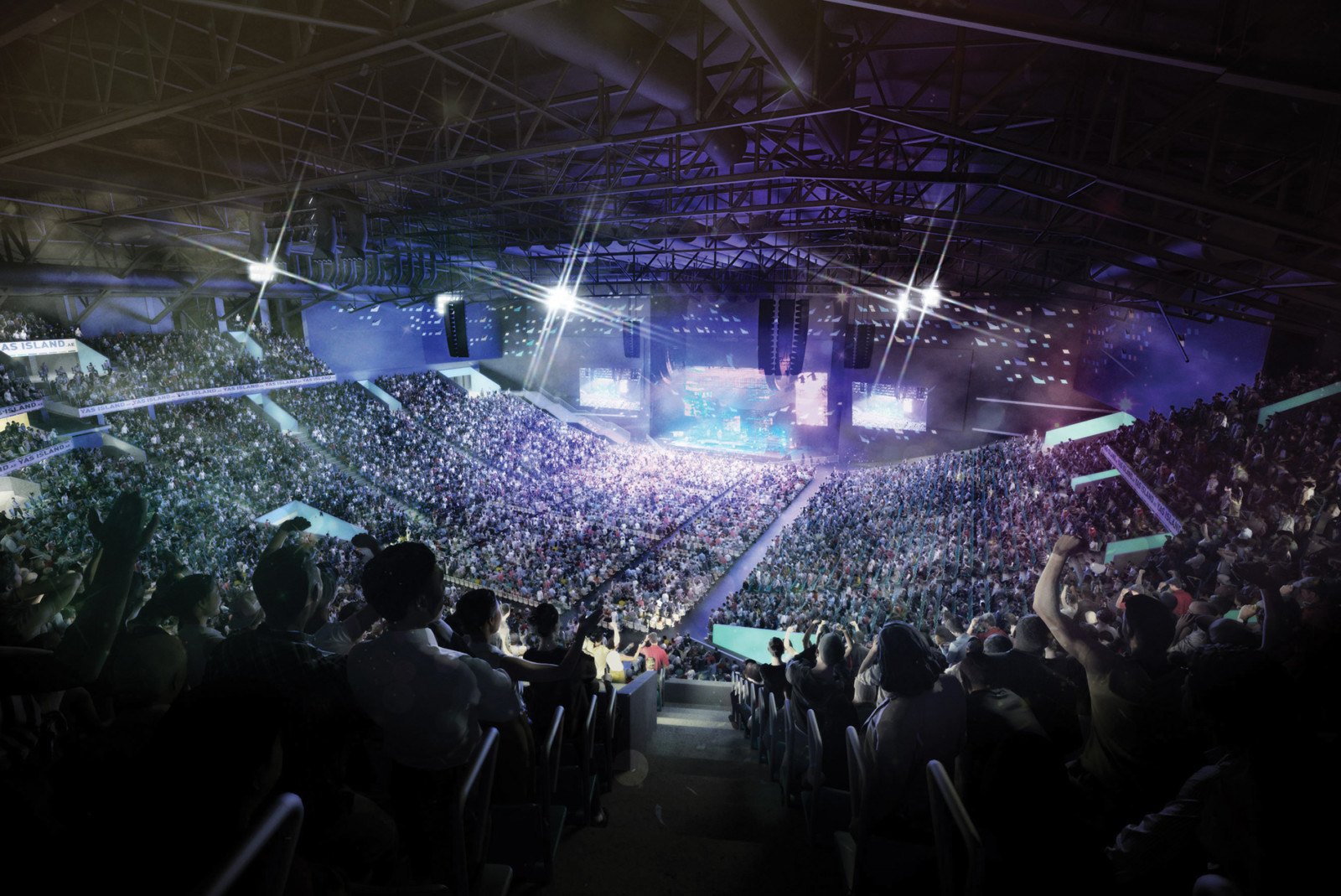
Recent examples of projects where we used Scrum include the Etihad Arena (above) in Abu Dhabi, United Arab Emirates, and Roig Arena in Valencia, Spain. By using the tool’s rapid prototyping capabilities, HOK was able to test multiple design options in a short time, ultimately delivering venues that maximised revenue for owners while offering memorable experiences for fans.
For Roig Arena, Scrum also helped reduce construction costs by minimising the number of different lengths in the precast units.
Scrum’s Future
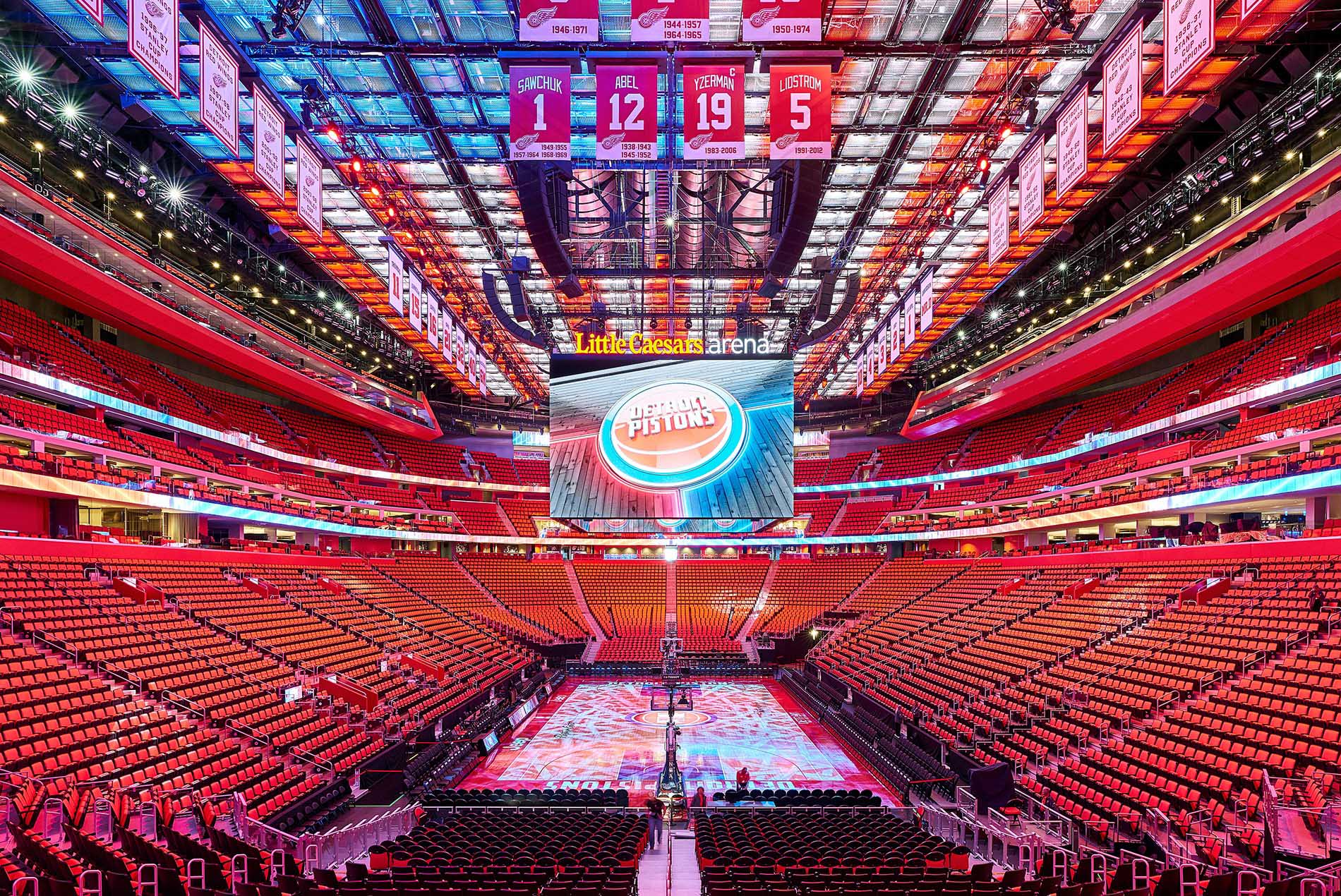
We’re working to incorporate more advanced structural design capabilities by integrating Scrum with HOK STREAM, our proprietary structural analysis tool. This integration will provide designers with immediate feedback on the implications of design changes, such as the approximate tonnage of steel needed—further enhancing and streamlining the design process.
We’re also investigating the potential for Scrum to incorporate dynamic ticketing concepts. This would entail assigning different parameters to seats and updating ticket prices based on various factors and event types.
Let’s Connect
Carlos DelaBarrera, PhD, a London-based, Chilean architect in HOK’s Sports + Entertainment group, is the lead developer for Scrum. Contact him at carlos.delabarrera@hok.com to inquire about how Scrum and HOK can support your sports and entertainment venue project.
